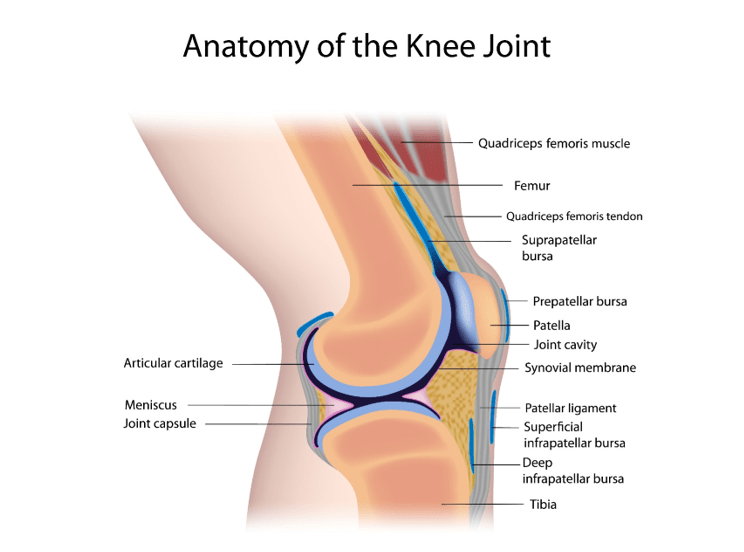Norfolk Coast Pub Pilgrimage Ends In Near Disaster
We decided to head to the beaches of the Norfolk Coast for the Bank holiday weekend as it looked like the weather there was going to be better than home. Before COVID (remember those days?) one thing we thoroughly enjoyed was a 5 mile walk up the beach to a remote pub called the Nelsons Head. We would sit outside soaking up the total peace of the environment, with nothing more than bird song to break the silence.
It was a lovely warm day, so we decided to renew our pilgrimage and set off along the beach, stopping for a while to watch hundreds of adult seals sunbathe, while their pups played in the surf. Our enthusiasm got us to the pub and we sat happily for a couple of hours in the sun with drinks and food. Little did we know our problems were only just beginning, as our muscles and joints started complaining.

The return journey was hard, it felt like walking up hill, against the wind and in deep sand. (phew, I nearly wrote something else). Nicky had had knee surgery in her twenties, which didn’t go well, and she was told her knee would be shot by her mid thirties, which would be way too young for a replacement, so she should expect quite a few years of pain and lack of mobility. Its only been Nicky’s determination to constantly exercise and keep her leg muscles strong that has kept these wolves away.

The problem is our recent exercise preference has been cycling on the Chase, which is good, but not great preparation for 10 miles of walking in the sand. Her knee locked up and walking became this wooden leg hop along, which aggravated her hip. I’m sure if we had been doing our Lawrence of Arabia bit in a desert, we would have walked in circles. Eventually we made it back, though, two very tired people.
In Nicky’s case, her knee problem, although largely man made, is controllable with the right preparation.
The knee joint is one of the largest and most complex joints in the body. It’s heavily stressed and a lot can go wrong. If you would like to know more about knees, then read on. It’s important to note that the level of pain you feel, or lack of mobility you suffer, is not directly linked to the severity of the problem
Anatomy
The knee is one of the largest and most complex joints in the body. It sits between the thigh (femur) and shin bone (tibia) and lateral small bone (fibula). The knee cap (patella) sits on the front. The bone ends are covered in shock absorbing cartilage, which wears with age and use.

The knee acts as a hinge and is responsible for both movement and weight bearing, and being one of the most stressed joints in the body, is prone to injury. The joint consists of menisci, ligaments, tendons and bones.
There are two meniscus, crescent shaped discs that act as shock absorbers and help spread the load across the top of the shin bone (tibia). The knee has four strong ligaments which act to stabilise, two cruciate in the centre of the joint and one on either side. Tendons are tough bands of tissue which connect muscles to the bones. Although not technically part of the knee, the quads and hamstrings muscles in the thigh are important to strengthen and help flex the joint.
Common Problems
There are many potential problems with knees, ranging from serious that require surgery to others than need conservative treatment. Knees are most often injured during sports activities, exercising or due to a fall.
In athletes the most common acute injuries are to the cruciate ligaments, which usually occurs where the knee experiences a sudden twisting motion, a rapid change of direction, or a bad landing from a jump. Meniscal tears, lateral ligament tears, muscle tears and tendon strains are also common.
Osteoarthritis is a major cause of knee pain and is related to age, lifestyle, job, and especially for knees, and weight.
Overuse and age can cause problems with folds in the sheath (plica), inflammation of tendons (tendinitis) and inflammation of bursas (bursitis).
How do I know if my knee pain is serious?
Signs of being serious are
- Heard an audible crack
- Feels unstable
- You can’t weight bear
- Very swollen & painful
For example, conditions such as a dislocated knee are serious, causing substantial damage to tissues, blood vessels and nerves, plus complete tearing of cruciate ligaments. Urgent medical attention may be required.
Self Help
Due to the many possible causes of knee injury, there are limited options for self help. Stopping the activity or sport which resulted in the injury, avoiding weight bearing, applying cool packs and elevate if swollen, taking pain killers and anti-inflammatories are all temporary options until a qualified diagnosis is available.
Treatment Options
The large number and broad range of causes of knee injury and pain, means that there are an equally broad range of treatment options and can include specific manipulation techniques, radial shockwave, pulsed shortwave, electro-acupuncture, exercise prescription and lifestyle advice. Most important is to get a qualified diagnosis as soon as possible and this may require X-ray or MRI scanning to clarify.
